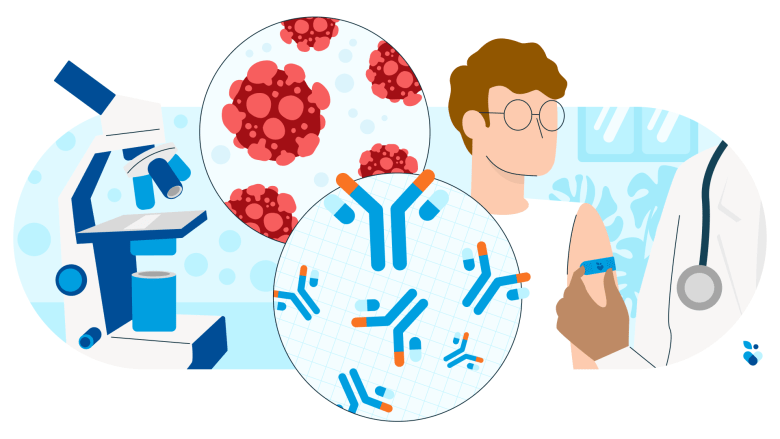Flu Symptoms in Children



It’s the most dreaded time of the year: flu season. Anywhere from 5% to 20% of the population contracts influenza every year, according to the Centers for Disease Control and Prevention. Recognizing flu symptoms in kids is key to stopping the spread of the illness. Diagnosis and proper treatment can also prevent health complications such as pneumonia, sinus issues, ear troubles, dehydration and sepsis. Read on to learn more about flu symptoms in toddlers, babies and kids.
Children are especially susceptible to the flu because they’re generally around groups of other kids at day care and in school. Symptoms usually appear a few days after exposure, says Norman Moore, Ph.D, an infectious disease expert. However, a person may be contagious one day before symptoms appear, and an additional five to seven days after that.
Here are some common flu symptoms in children:
- Fever
- Body aches
- Malaise and weakness
- Chills
- Headache
- Cough and chest discomfort
These symptoms will sometimes occur:
- Sneezing
- Stuffy nose
- Sore throat
Unlike a cold, which has a gradual onset of symptoms, the flu shows up abruptly. If your child is suffering from fever and chills, they probably have the flu. But if their main symptoms are sneezing, runny nose and sore throat—and if their temperature is normal—then a cold is likely the culprit.
The flu can lead to complications like pneumonia, sinus problems or ear infections. The risk is heightened in people with weakened immune systems, such as kids under 5 years old and those with allergies, heart disease, diabetes and other chronic medical conditions. Seek medical attention right away if you notice difficulty breathing, excess irritability and drowsiness, accelerated heart rate, wheezing, hives and other worrisome flu symptoms in kids.
According to Moore, there is no treatment for the flu. Infected people should get plenty of rest and stay hydrated with electrolyte-heavy fluids. Visit your doctor as soon as you notice flu symptoms; a rapid flu test can give you a diagnosis in less than 30 minutes. Antiviral medications can reduce the severity of the flu if taken within 48 hours after symptoms appear. People with increased risk of complications are especially encouraged to take antiviral medications.
The best way to prevent the flu is getting vaccinated at the start of each season (preferably by the end of October). The flu shot usually has a 40% to 60% success rate. Even if your child gets the flu after vaccinations, they will probably have milder symptoms and a faster recovery.
© Meredith Operations Corporation. All rights reserved. Used with permission.

















